Outer Space & Universe
Outer Space & Universe
Space, also known as outer space, is the near-vacuum between celestial bodies. It is where everything (all of the planets, stars, galaxies and other objects) is found.
On Earth, space begins at the Kármán line (100 km above sea level). This is where Earth's atmosphere is said to stop and outer space begins. This is not a firm boundary but is a convention used by scientists and diplomats.
Items in space are free to move back and forth; up and down; and left and right. These three dimensions are what make 3D space. Items also move forward through time, which is sometimes called the fourth dimension.
The majority of space contains very little matter and so most of it is a vacuum. Scientists do not know how big space is but we do know that space is extremely big, and is always expanding.
According to the big bang theory, all matter and energy in the Universe was compressed into a very small space. Then it exploded and started expanding. Space is still growing in size today; this means the distance from one galaxy to distant galaxies is getting longer.
Gravity is the force that keeps the Moon in orbit around the Earth and the planets in orbit around the Sun. Gravity can stretch and bend space similar to how a heavy ball placed on a stretched sheet of rubber will cause the rubber to stretch. The scientist who discovered that space can bend is named Albert Einstein. How gravity bends space is part of his theory of general relativity.
Astronauts, Cosmonauts, Taikonauts and Spationauts
An astronaut is any person who is trained by NASA to travel and perform tasks in space. Although the space traveler may not necessarily be a United States citizen, each astronaut does go through a rigorous training regiment by the National Aeronautics and Space Administration. Other space travelers go by other names then astronaut depending on their country of origin.
In the United States, astronaut is derived from the Greek words ástron (star) and nautis (sailor). While, in Russia, a space traveler goes by the name космонавт (English: cosmonaut), which is derived from the Greek words kosmos (universe) and nautis (sailor). Westerners call a space traveler from China a taikonaut, based on the 1998 writings of Chiew Lee Yik and Chen Lan where the term tàikōng (great emptiness), Chinese for “space”. In China, the term yuháng yuán (universe navigator) is used for space traveler.
Only the United States of America (United States), Russia (earlier, the Union of Soviet Socialist Republics), and the People’s Republic of China (China) have sent manned spacecraft into space. Other countries have assisted these countries by sending their own space travelers on space missions. For instance, a French space traveler is called a spationaut (from the French word spationaute), which is derived from the Latin spatium (space) and Greek nautis (sailor). (plural in Greek nautes = sailors)
-
01:25
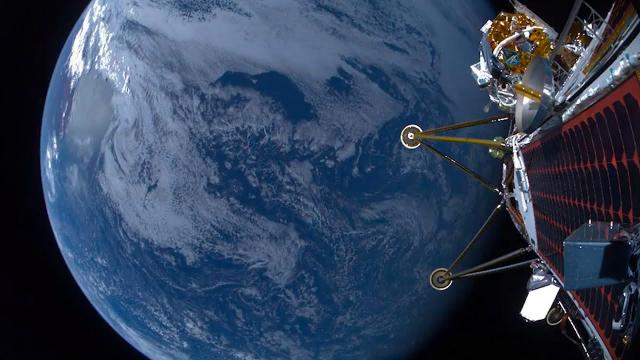
IM-2 'Athena' moon lander captures stunning views of Earth and Falcon 9 upper stage
Added 25 Views / 0 LikesThe Intuitive Machines IM-2 Nova-C "Athena" moon lander captured views of the SpaceX Falcon 9 upper stage and Earth post deployment. Credit: Intuitive Machines / SpaceX | edited by Space.com
-
02:22
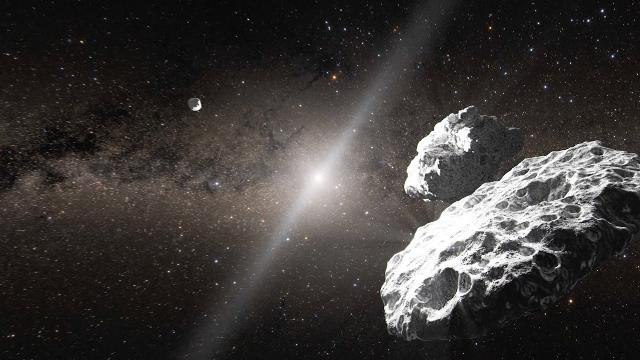
Triple system of 'icy space rocks' may have been found in Kuiper Belt for 2nd time
Added 25 Views / 0 LikesThe Keck Observatory and NASA’s Hubble Space Telescope may have uncovered a "potential three-body system in the Kuiper Belt," according to NASA's Goddard Space Flight Center.Credit: NASA's Goddard Space Flight CenterCredit: NASA's Goddard Space Flight Cen
-
00:30

Pan: NGC 5042
Added 25 Views / 0 LikesThis vibrant spiral galaxy and the subject of today’s NASA/ESA Hubble Space Telescope Picture of the Week is NGC 5042, which resides about 48 million light-years from Earth in the constellation Hydra (the water snake). The galaxy nicely fills the frame of
-
01:22

Unarmed Minuteman III ICBM launched by Space Force to 'showcase' nuclear readiness
Added 24 Views / 0 LikesThe Air Force Global Strike Command Airmen and Vandenberg Space Force Base Guardians launched an unarmed Minuteman III intercontinental ballistic missile from California on Feb. 19, 2024 at 1:00 a.m. PST. The missile was "equipped with a single telemetere
-
09:02
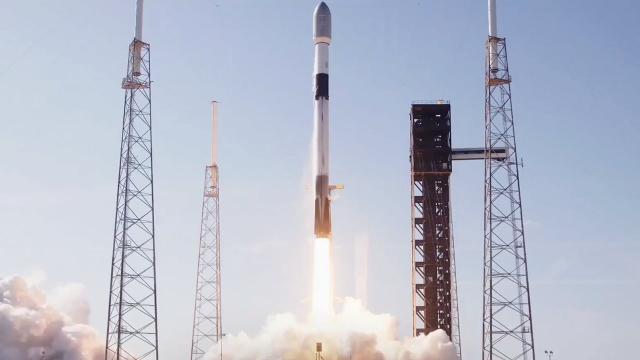
Blastoff! SpaceX launches 23 Starlink satellites, nails droneship landing
Added 24 Views / 0 LikesA SpaceX Falcon 9 rocket launched 23 Starlink satellites, including 13 with Direct to Cell capabilities, from Space Launch Complex 40 (SLC-40) at Cape Canaveral Space Force Station in Florida on Feb. 21, 2025 at 10:19 a.m. ET. Credit: SpaceX
-
00:52
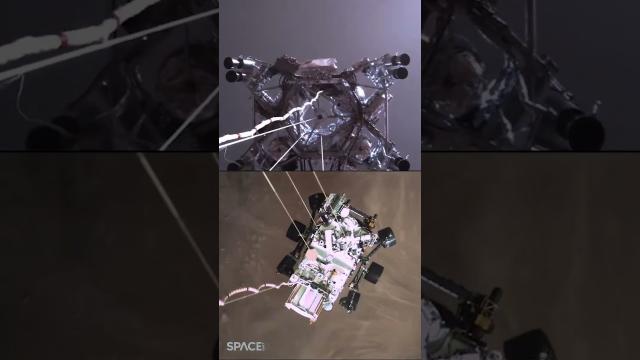
Perseverance lands on Mars! #nasa #anniversery #crane #landing #mars #redplanet #space #shorts
Added 23 Views / 0 LikesSee NASA's Perserverance rover land in multiple views from Mars. The rover touched down on the Red Planet on Feb. 18, 2021. Credit: NASA
-
00:30
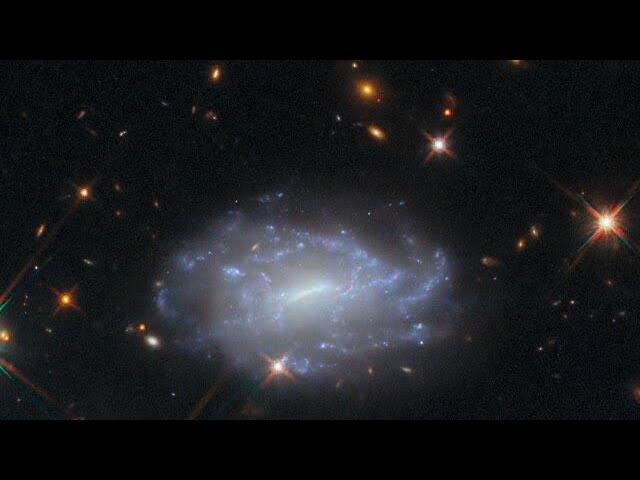
Pan: LEDA 803211
Added 23 Views / 0 LikesBehind this star is a galaxy named LEDA 803211. At 622 million light-years distant, this galaxy is close enough that its bright galactic nucleus is clearly visible, as are numerous star clusters scattered around its patchy disc. Many of the more distant g
-
00:30
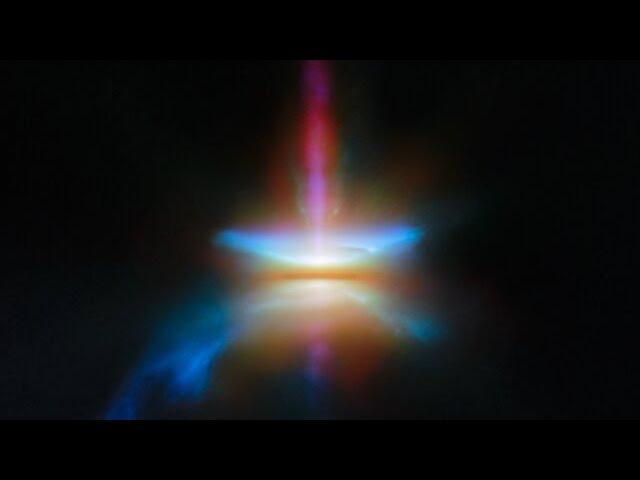
Pan Video: HH 30
Added 23 Views / 0 LikesThis new NASA/ESA/CSA James Webb Space Telescope Picture of the Month presents HH 30 in unprecedented resolution. This target is an edge-on protoplanetary disc that is surrounded by jets and a disc wind, and is located in the dark cloud LDN 1551 in the Ta
-
00:30
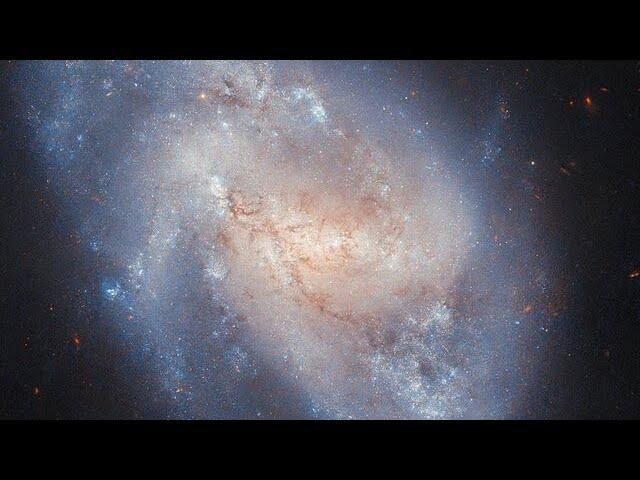
Pan: NGC 337
Added 22 Views / 0 LikesThe subject of this NASA/ESA Hubble Space Telescope Picture of the Week is the spiral galaxy NGC 337, located about 60 million light-years away in the constellation Cetus (The Whale).This image combines observations made at two wavelengths, highlighting t
-
00:30
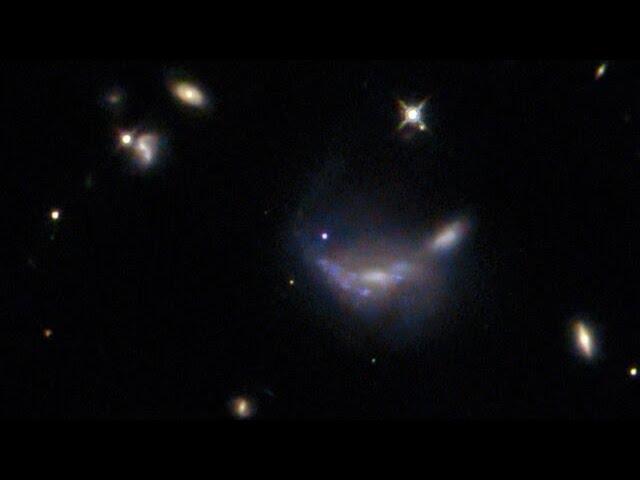
Pan: SN 2022aajn
Added 22 Views / 0 LikesOther than the announcement of its discovery in November 2022, SN 2022aajn has never been the subject of published research. Why, then, would Hubble observe this supernova? SN 2022aajn is what’s known as a Type Ia supernova, which results from the explosi
-
00:30

Pan Video: NGC 2283
Added 22 Views / 0 LikesThe target of today’s NASA/ESA/CSA James Webb Space Telescope Picture of the Month is the spiral galaxy NGC 2283. This galaxy resides roughly 45 million light-years away in the constellation Canis Major. Classified as a barred spiral galaxy, NGC 2283’s ce
-
01:01
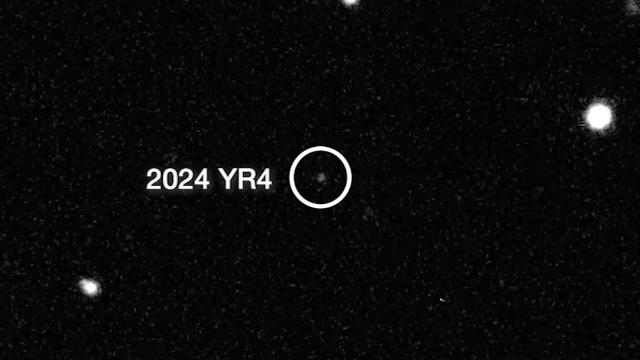
Asteroid 2024 YR4 seen by Very Large Telecope -- Impact chances have dropped!
Added 21 Views / 0 LikesThe European Southern Observatory's Very Large Telescope observed asteroid 2024 YR4 in Jan. 2025. The probability of the asteroid impacting Earth in 2032 has dropped to .001%. Credit: Space.com | ESO/O. Hainaut et al. / ESA/Planetary Defence Office | edit
-
05:00
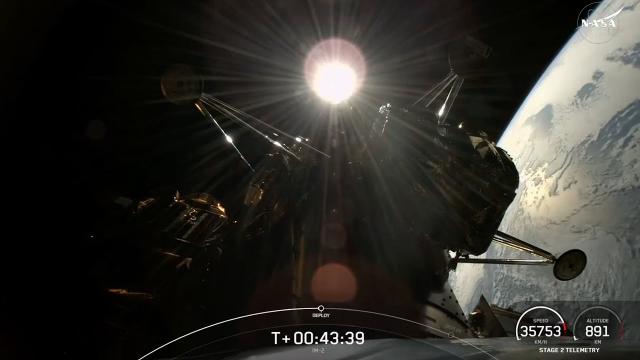
SpaceX deploys IM-2 moon lander, NASA 'trailblazer' in amazing views from space
Added 20 Views / 0 LikesWatch SpaceX deploy the Intuitive Machines Nova-C "Athena" moon lander, NASA's Trailblazer orbiter and the CHIMERA GEO 1 spacecraft in this view from the Falcon 9 upper stage. Credit: SpaceX
-
02:00
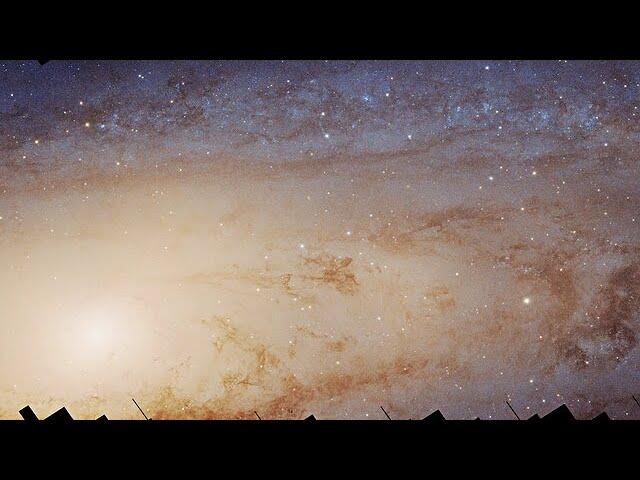
Video tour of Hubble’s panoramic view of the Andromeda Galaxy
Added 20 Views / 0 LikesThis video features the largest photomosaic ever assembled from Hubble Space Telescope observations. It is a panoramic view of the neighboring Andromeda galaxy, located 2.5 million light-years away. It took over 10 years to make this vast and colorful por
-
00:30
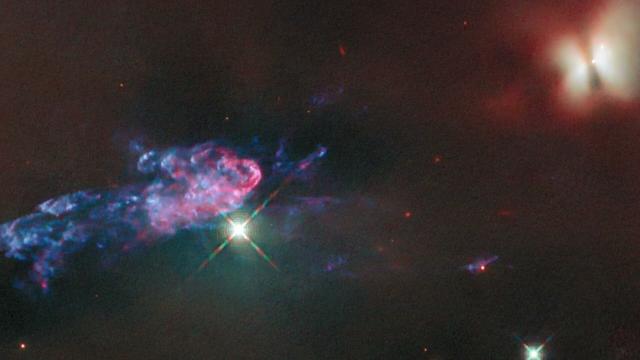
Pan: HOPS 150 and HOPS 153
Added 20 Views / 0 LikesThese protostars get their names from the Herschel Orion Protostar Survey, which was carried out with ESA’s Herschel Space Observatory. The object that can be seen in the upper-right corner of this image is HOPS 150: it’s a binary system, two young protos
-
00:04

Transition Video: 2022 and 2023 observations of Wolf-Rayet 140
Added 18 Views / 0 LikesThis video alternates between two James Webb Space Telescope observations of Wolf-Rayet 140, a two-star system that has sent out more than 17 shells of dust over 130 years. Mid-infrared-light observations highlight them with excellent clarity.By comparing
-
00:30
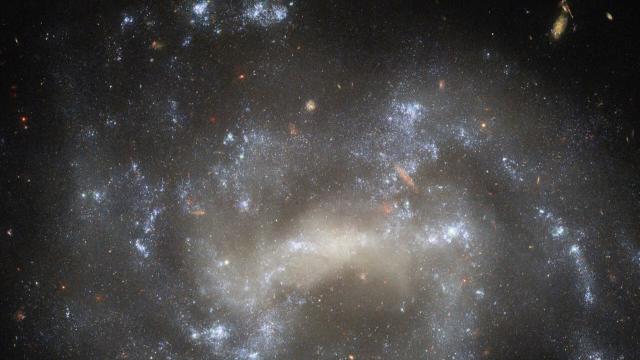
Pan: UGC 5460
Added 14 Views / 0 LikesThe sparkling spiral galaxy gracing this NASA/ESA Hubble Space Telescope Picture of the Week is UGC 5460, which sits about 60 million light-years away in the constellation Ursa Major. This image combines four different wavelengths of light to reveal UGC 5
